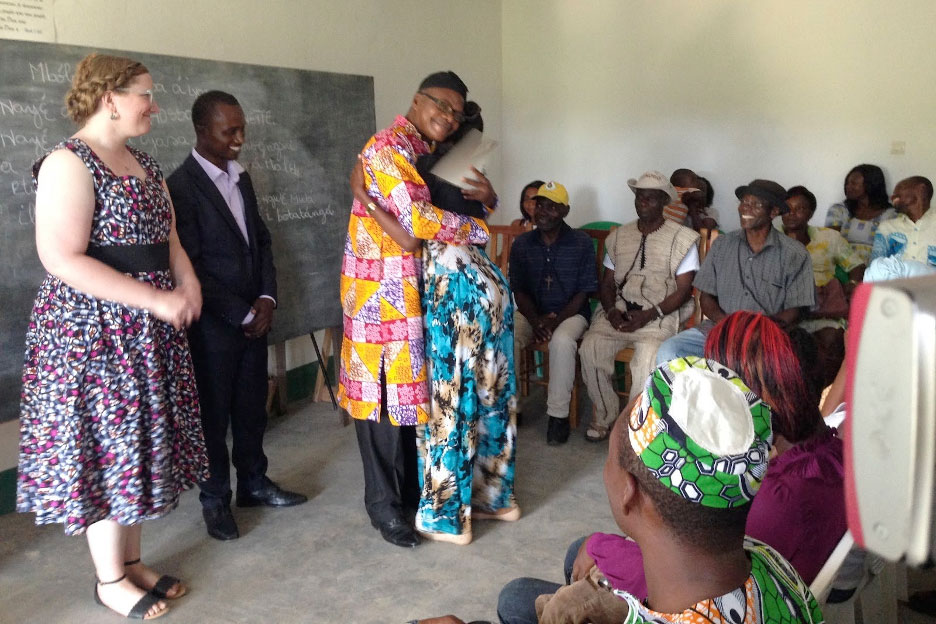Around the world, people are working to reclaim and revitalize their Indigenous or minoritized languages. In collaboration with the Endangered Languages Project, a program of the First Peoples’ Cultural Council and the University of Hawaiʻi at Mānoa, the Language Vitality Initiative has launched A Stream of Voices, an article series sharing the stories—and celebrating the successes—of effective language practices by communities and their advocates.
Each article, written by a language practitioner or learner, explains their unique approach to keeping their language healthy and thriving within a specific, local context. The first article discussed the cultivation of youth engagement in Iyasa language efforts in Cameroon. The second covered the development of a master-apprentice learning program in Manitoba, Canada, drawing on the knowledge of elders, and its pivot to virtual workshops during the pandemic.
Language vitality requires an understanding of language and how it is acquired. In addition to the community goals and needs of the highlighted practitioners, the articles represent the breadth of skills needed in revitalization: teaching, documentation, annotation, archiving, program and collaboration development, and many more.
“The goal of creating these shareable stories is to help others understand the depth and breadth of work within the language vitality field,” said Hali Dardar, program coordinator at the Center for Folklife and Cultural Heritage.
The series title, “A Stream of Voices,” is drawn from Dr. Emmanuel Ngué Um’s speech about the Basaa language at the 2022 Festival of Indigenous Languages. It speaks to the care and effort language communities put into finding methods to keep their cultures and languages alive:
“They are not hearing only my voice, but also, the voices of generations and many more generations, of women, of men, and of children; the Ancestors whose flesh has perished, but whose voices are being heard at this moment, as I speak; because language is a stream of voices that the living must keep afloat and pass down to their children. If the stream dries out, the voices of generations and generations of people go silent.”
About the Language Vitality Initiative
With Indigenous and minoritized languages under threat, the Smithsonian Center for Folklife and Cultural Heritage’s Language Vitality Initiative supports community-driven language reclamation efforts. Our research promotes language use in new and traditional contexts and strengthens engagement in cultural heritage wellness. We work with digital and emerging media to promote unique voices and worldviews. We seek to educate new generations of community language practitioners and linguists through informal and formal workshops and institutes. All our work is used to educate majority-language users about the benefits of living in a multilingual world.
About the Endangered Languages Project
The Endangered Languages Project is a collaborative online space to share knowledge and stories, explore free learning resources, and build relationships to support Indigenous and endangered language communities around the world.


